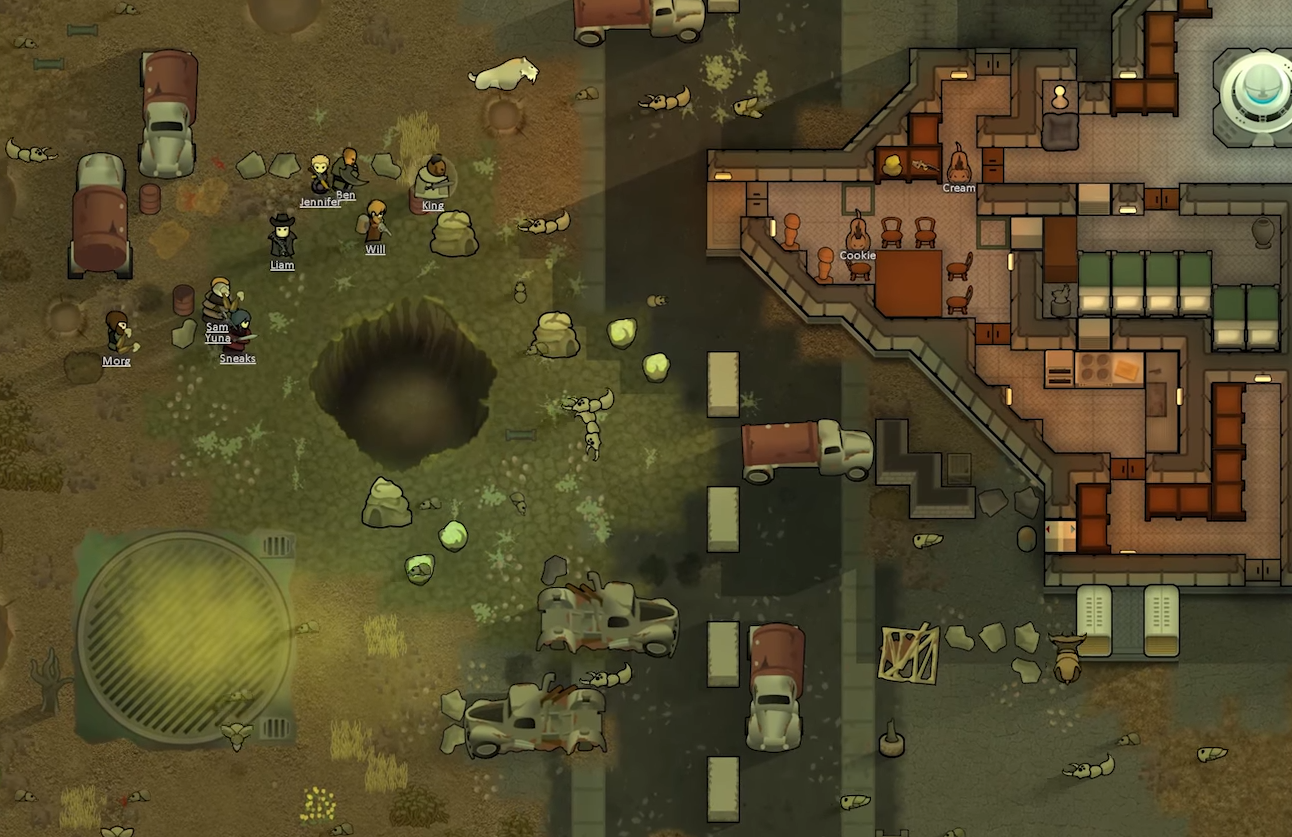Authored by Alec Blackwood
Starjack, a genetically engineered xenotype in RimWorld Odyssey, excel in space environments. Designed for zero-gravity maintenance, they lack ground survival skills but shine in orbital stations or gravship operations. Their biology optimizes them for vacuum exposure, temperature extremes, and indoor confinement.
Starjack Traits and Genetic Profile
With 11 complexity and +1 metabolic efficiency, Starjack require less food. Their genetic modifications include:
Adaptive Genes
- Vacuum Resistance: Survive short-term space exposure (+45% resistance)
- Temperature Tolerance: Expanded comfort range for extreme heat/cold
- Indoor Adaptation: No need for outdoor environments
Work Specializations
- Construction Mastery: +8 skill bonus with passion
- Combat Deficits:
- -4 melee skill
- 50% reduced melee damage
- Environmental Weaknesses: Severe penalties to mining (-8), plants (-4), and animals (-4)
Aesthetic Markers
- Hairless
- Facial ridges
- Pale white skin
Optimal Deployment Scenarios
- Shipbuilding Experts: Rapid construction/repair of orbital infrastructure
- Space Station Crew: Thrive in vacuum-sealed environments
- Extreme Climate Operations: Function in temperature ranges fatal to others
- Low-Resource Teams: Reduced food needs and no sunlight requirements
Strategic Recommendations
- Combine with skilled crafters/cooks to compensate for limitations
- Assign to hazardous construction zones (sealed rooms, thermal vents)
- Equip with ranged weapons only
- Mass deploy for large-scale ship projects
- Ideal for mechanoid-augmented colonies
Genetic Modification Considerations
While genes can be extracted, xenogerm implantation overwrites their entire genetic profile. Avoid hybridizing with combat-focused builds unless sacrificing space adaptations is acceptable.
FAQ
Q: What defines the Starjack xenotype?
Engineered for space construction and environmental resilience.
Q: Combat effectiveness?
Extremely poor in close-quarters combat.
Q: Primary strengths?
Ship maintenance, habitat construction, surviving extreme conditions.
Q: Space survivability?
Temporary vacuum survival via specialized genes.
Q: Outdoor requirements?
None – genetically adapted to indoor environments.

